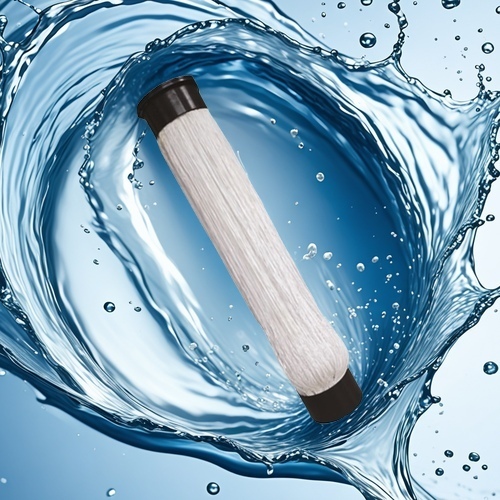How long does it take to treat wastewater?
Wastewater treatment time depends on several factors, including the treatment process, wastewater type, treatment scale and environmental conditions. Typically, wastewater treatment is divided into several main stages: primary treatment, secondary treatment and tertiary treatment. The time required for each stage may vary.
Treatment time for each stage
Primary treatment:
Mainly removes large particles and suspended matter through physical methods. This process is usually fast and usually takes a few hours to complete.
Secondary treatment:
Mainly relies on biological treatment methods such as activated sludge and biofilm to remove organic pollutants.
Activated sludge aeration time is usually between 4 and 8 hours, while the entire secondary treatment may take 12 to 24 hours, depending on the specific process and wastewater properties
Tertiary treatment:
Further removal of dissolved pollutants and specific chemicals such as nitrogen and phosphorus.
This stage may take an additional few hours to a day, depending on the technology used (such as membrane filtration or chemical precipitation)

Influencing factors
Wastewater type: The difference in composition between industrial wastewater and domestic sewage can affect treatment time. Industrial wastewater may contain more complex pollutants and require longer treatment time.
Environmental conditions: Environmental factors such as temperature and pH value can affect microbial activity and thus the efficiency of the biological treatment stage. For example, lower temperatures may slow down microbial degradation
Process selection: Different process combinations (such as SBR or traditional activated sludge) will result in different retention times. The SBR process can flexibly adjust the reaction time through intermittent operation
Overall time
Taking all stages into consideration, a typical municipal wastewater treatment plant usually takes 1 to 3 days from inlet to outlet. This time frame ensures that various pollutants are effectively removed and the effluent meets discharge standards or is suitable for reuse
When selecting and designing a wastewater treatment system, the retention time of each stage must be optimized according to specific needs and constraints to achieve efficient and economical wastewater purification.
